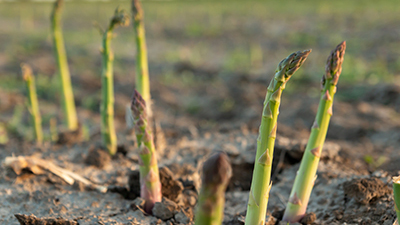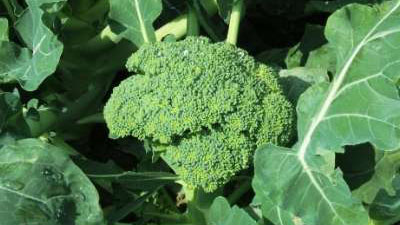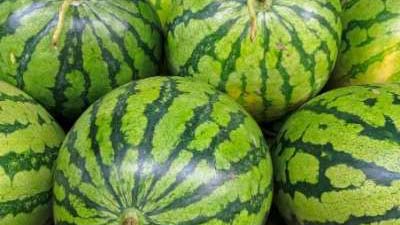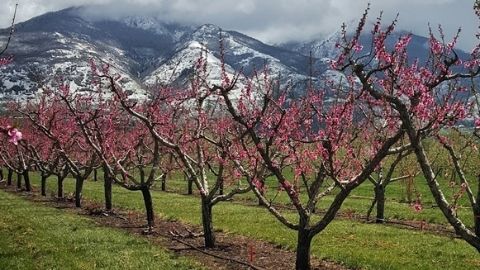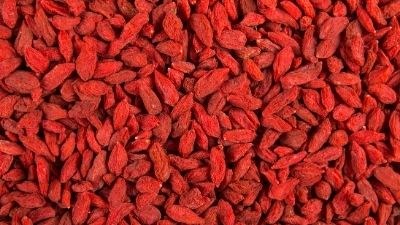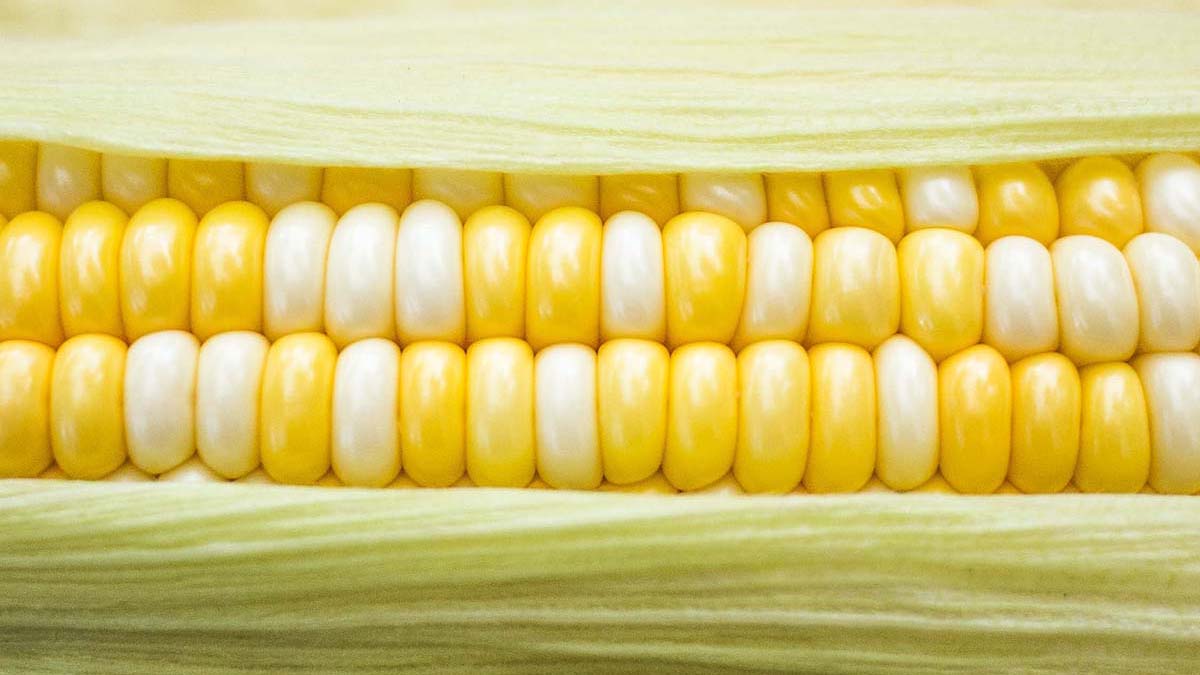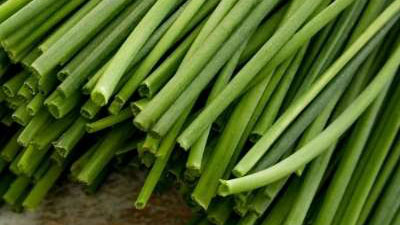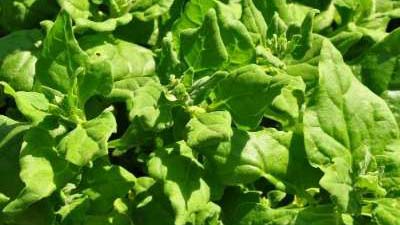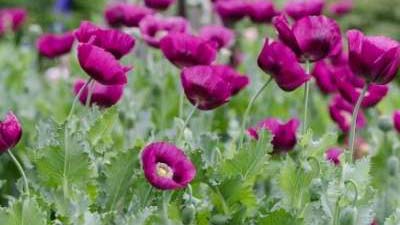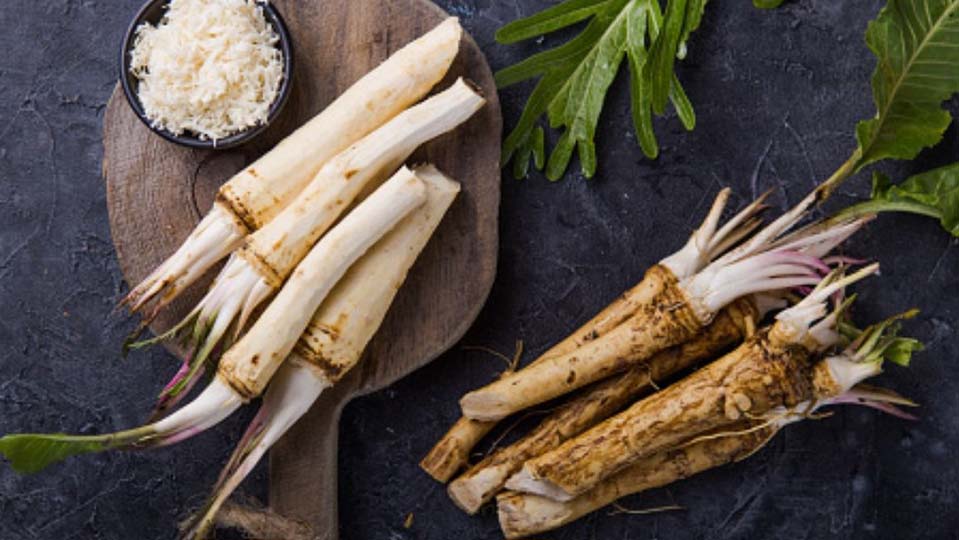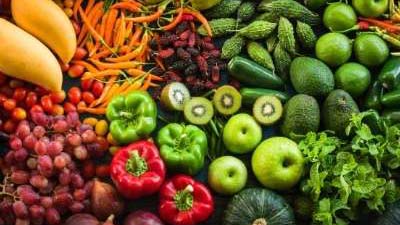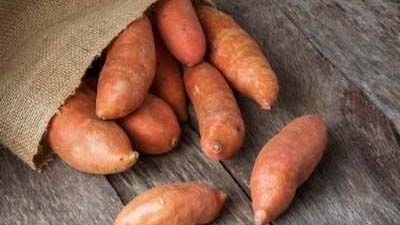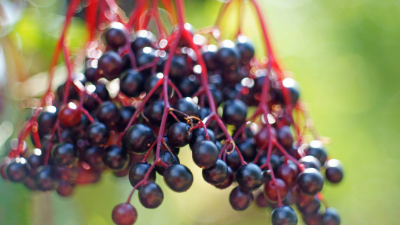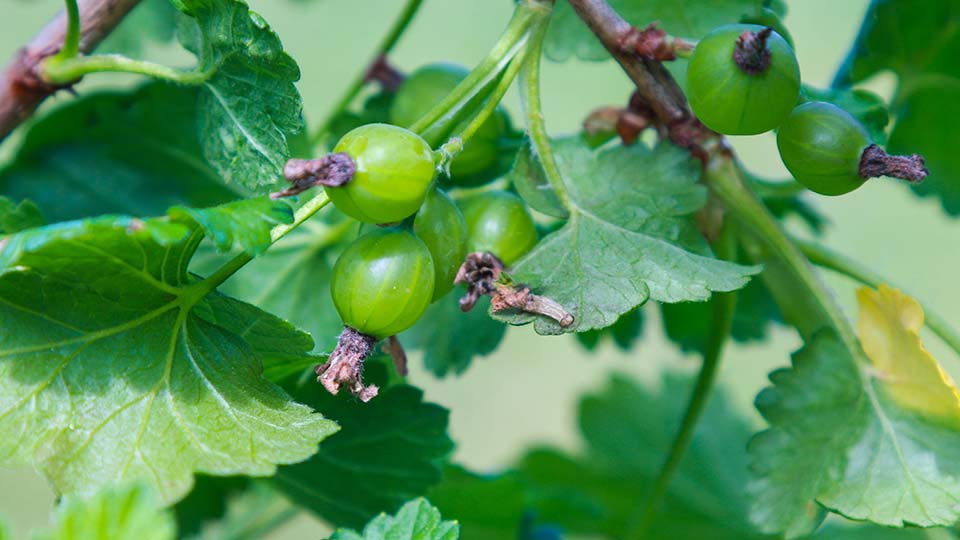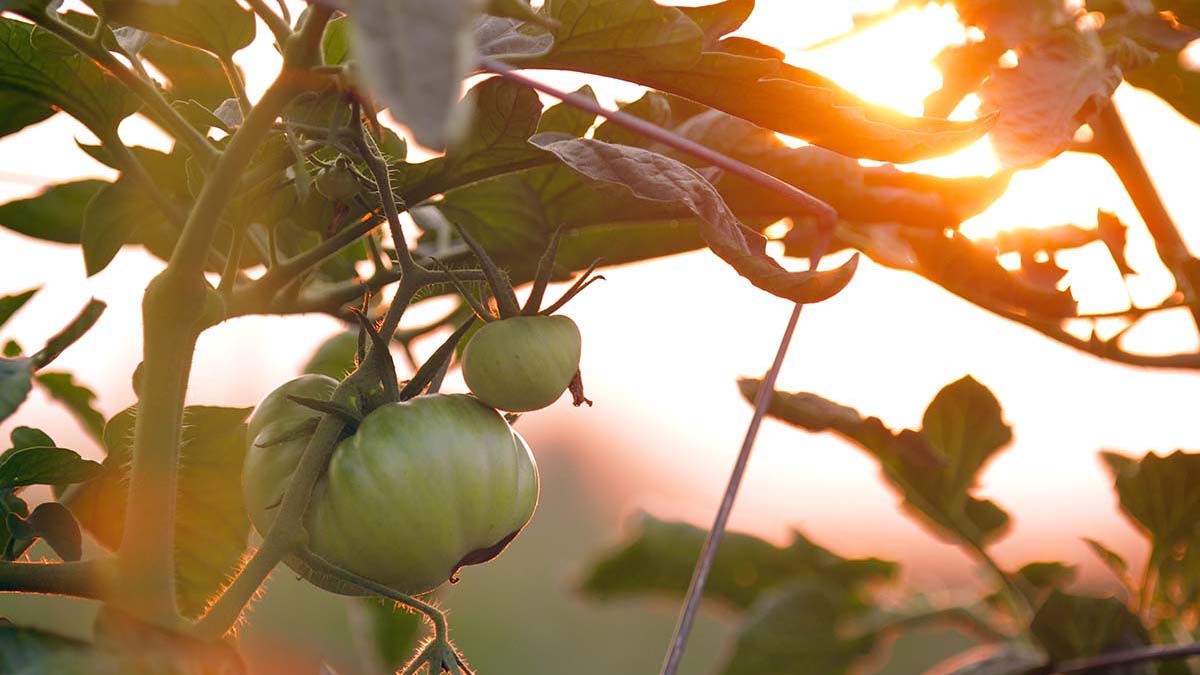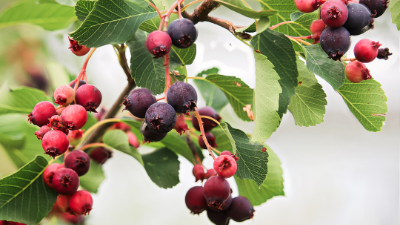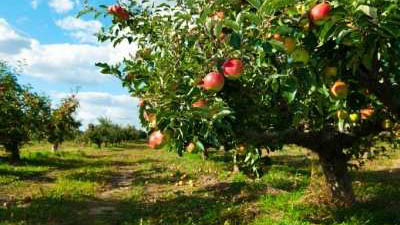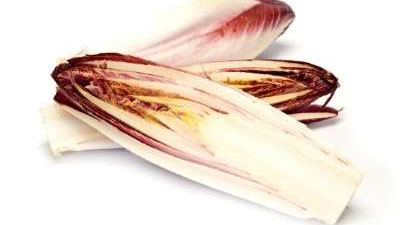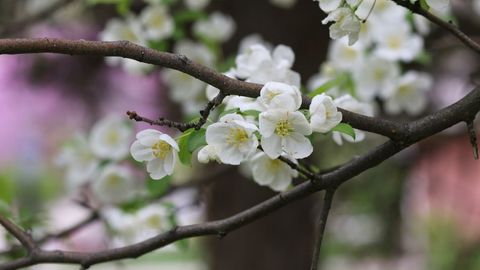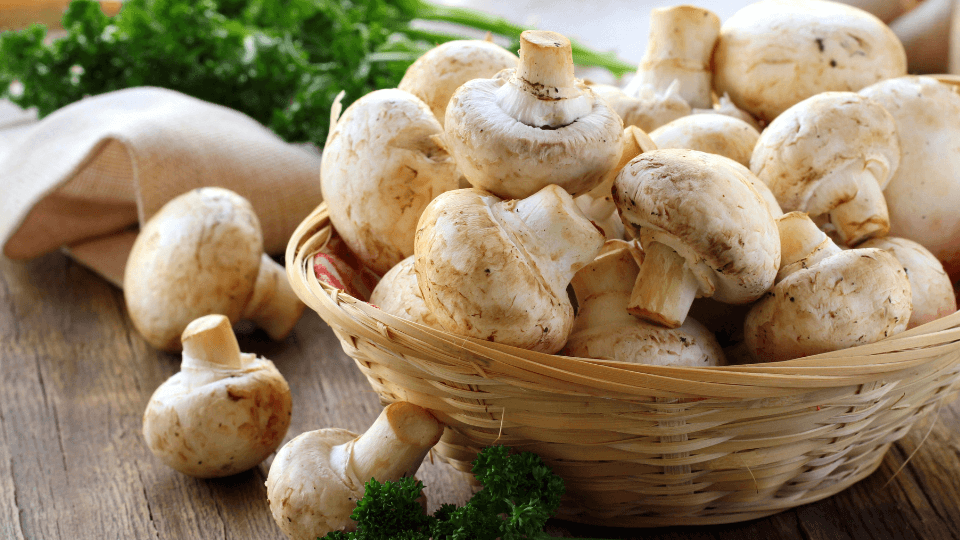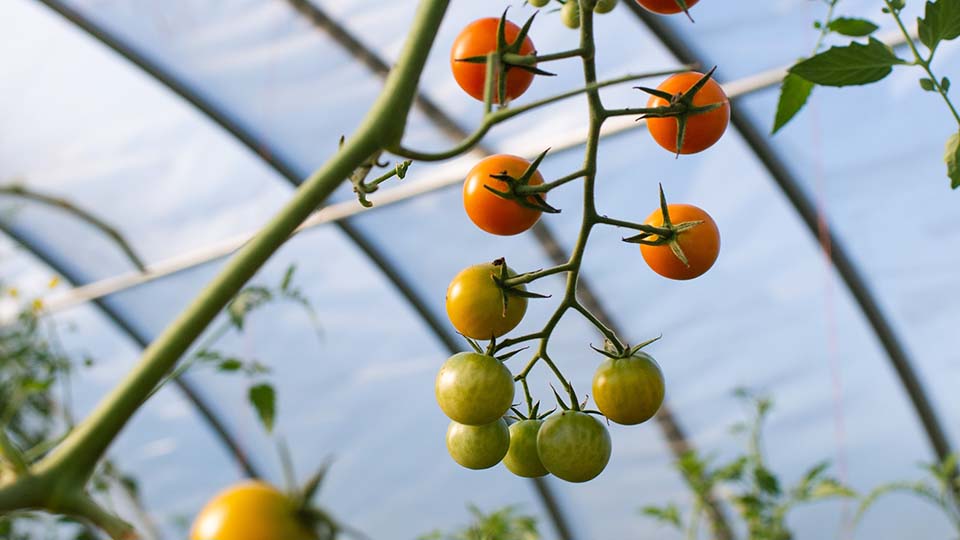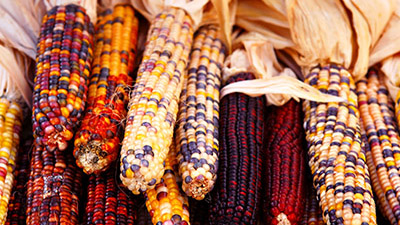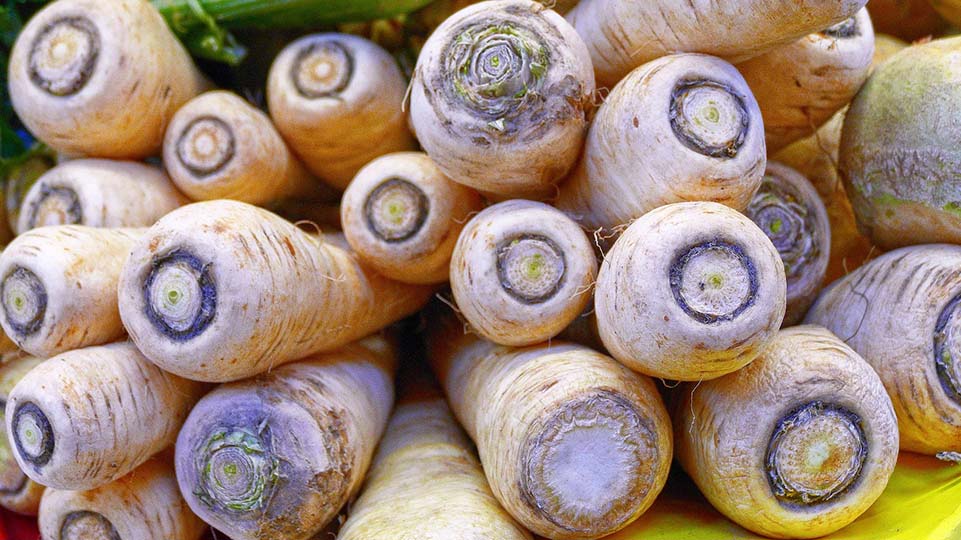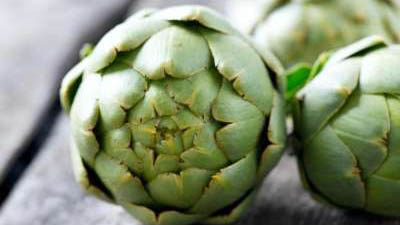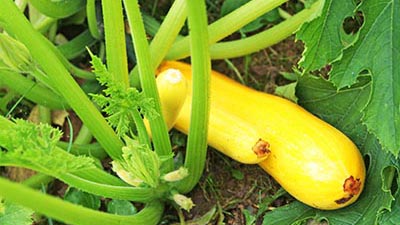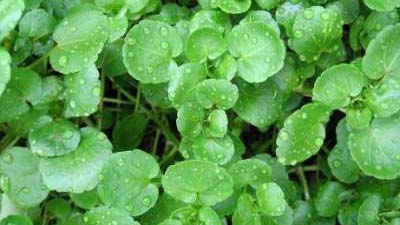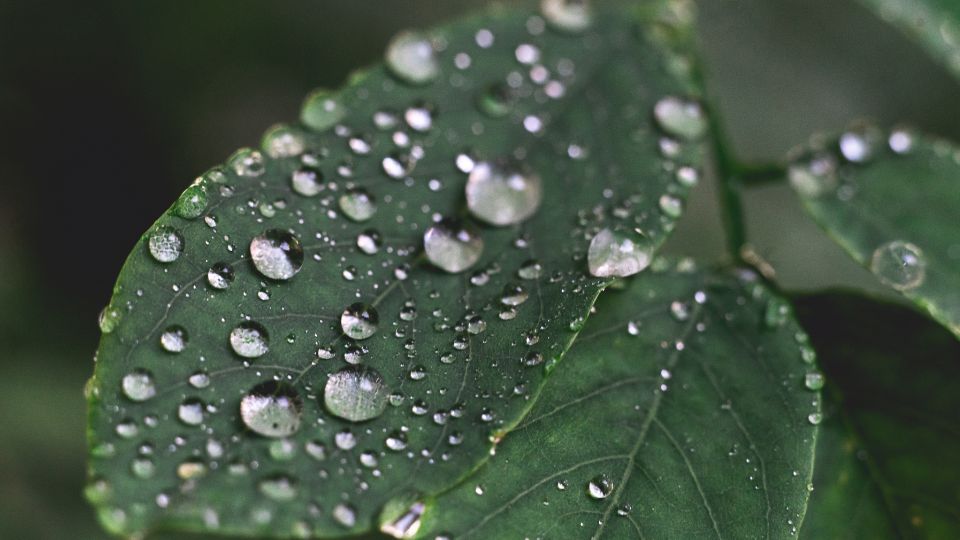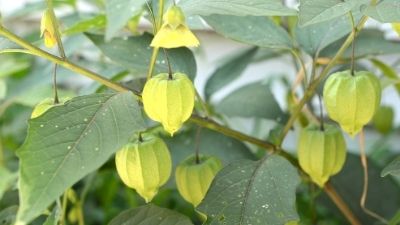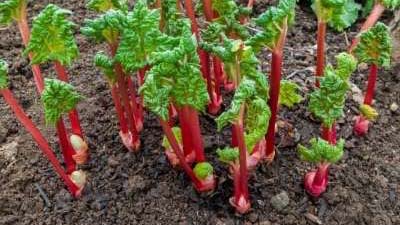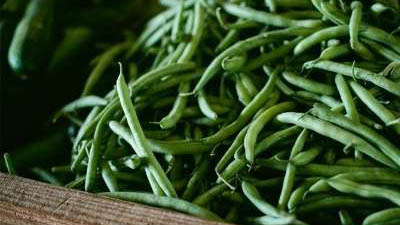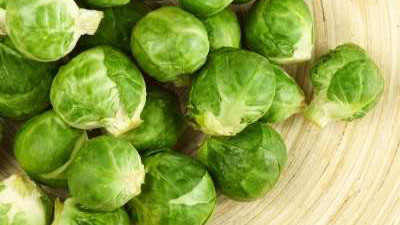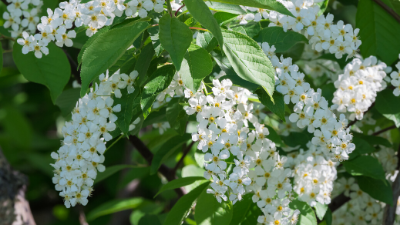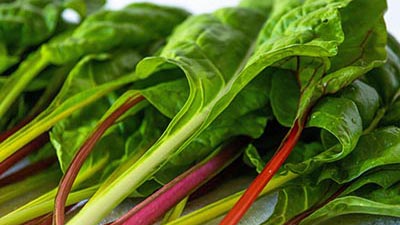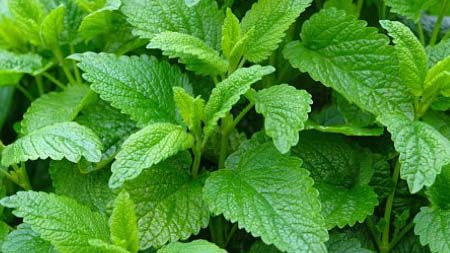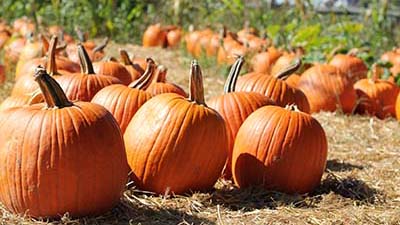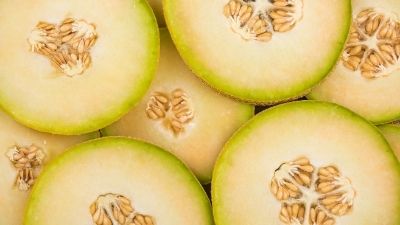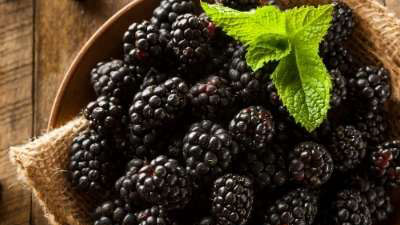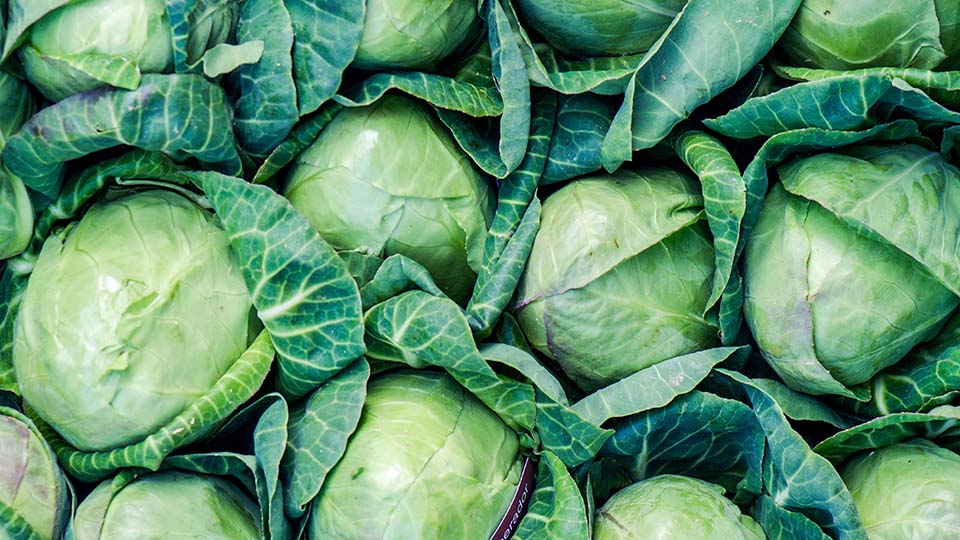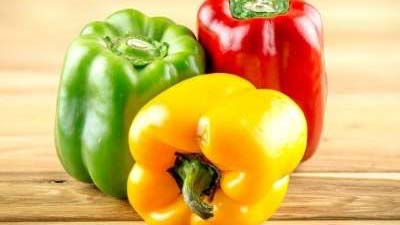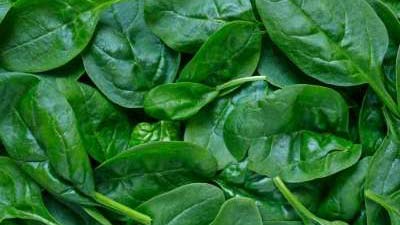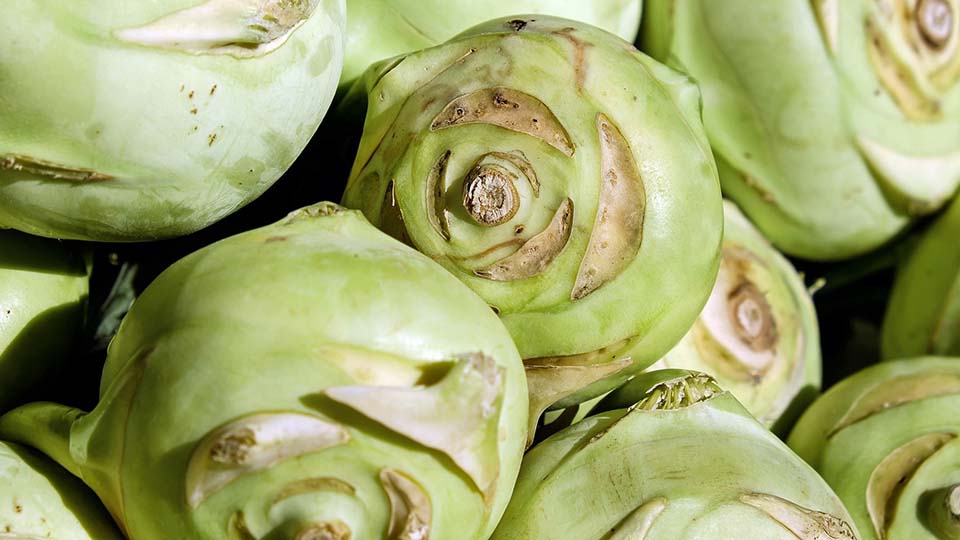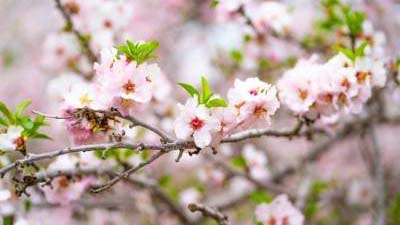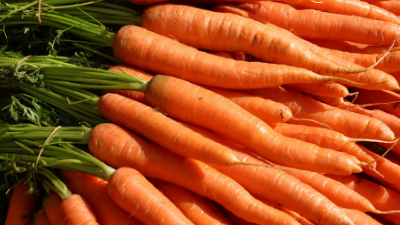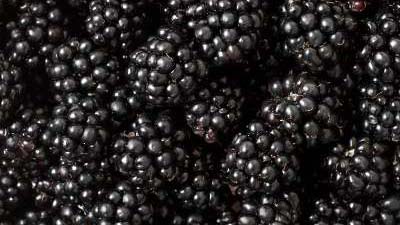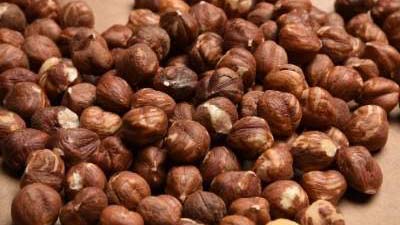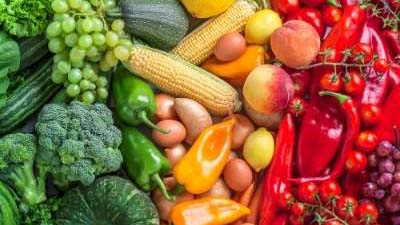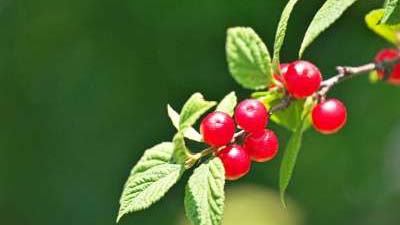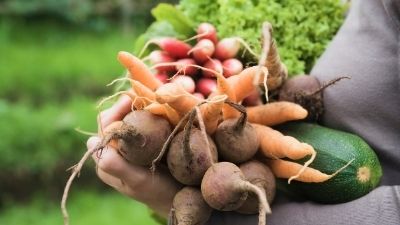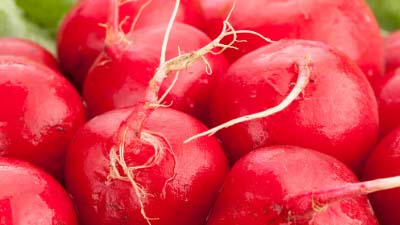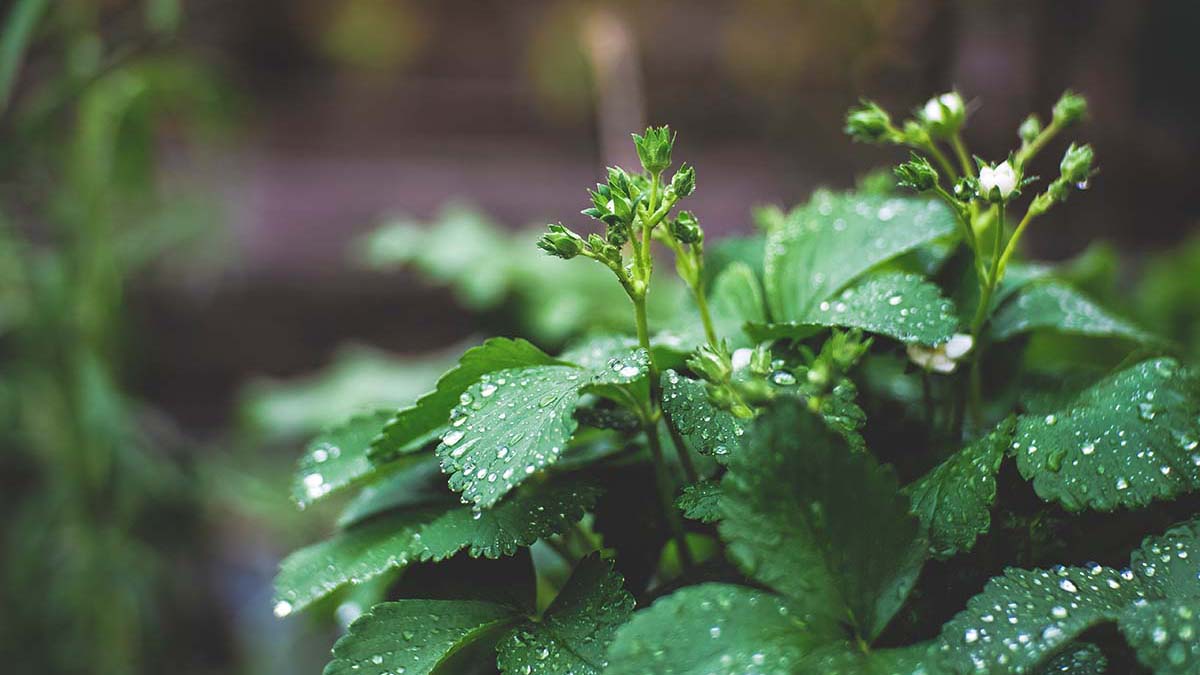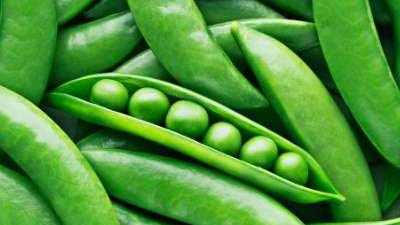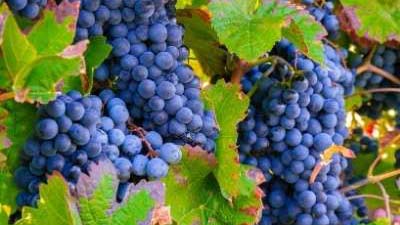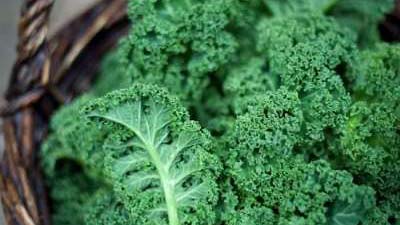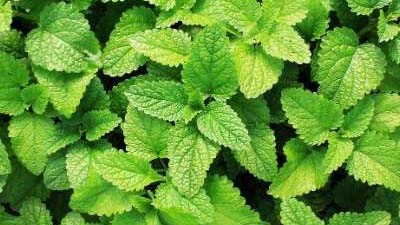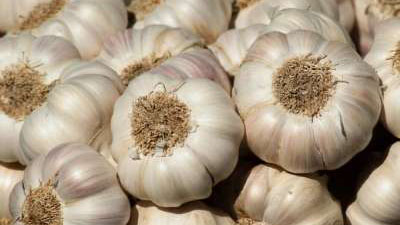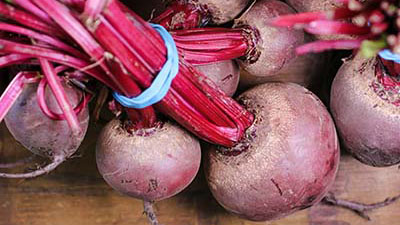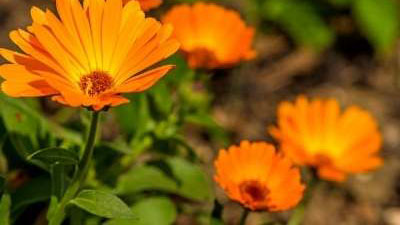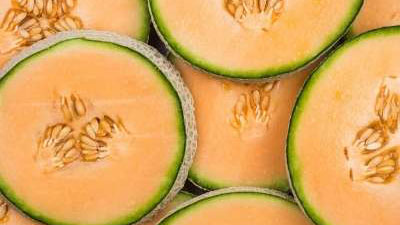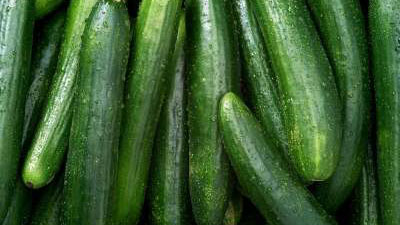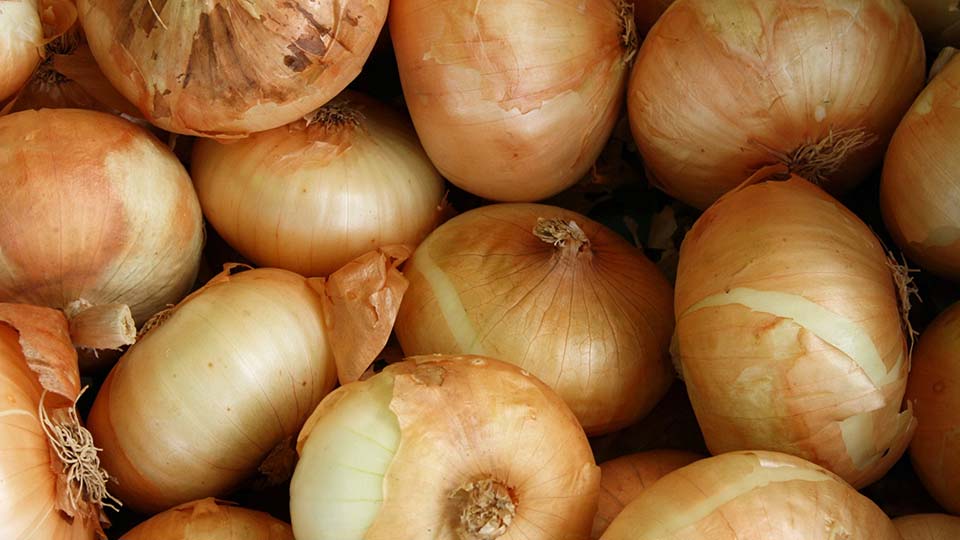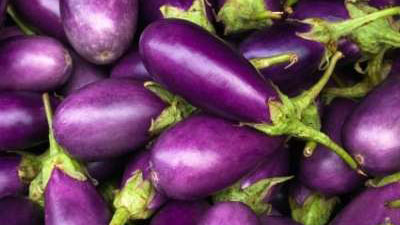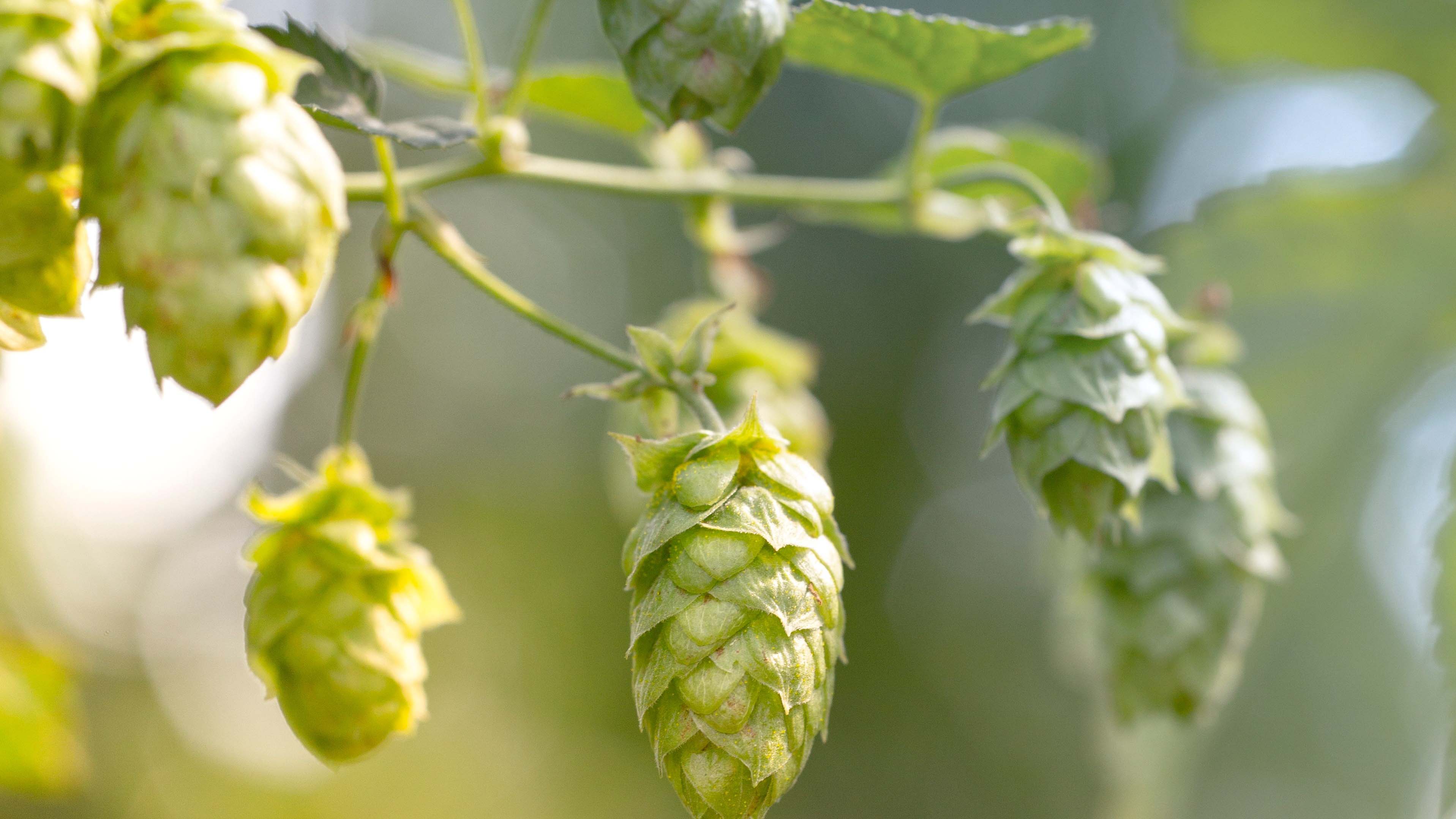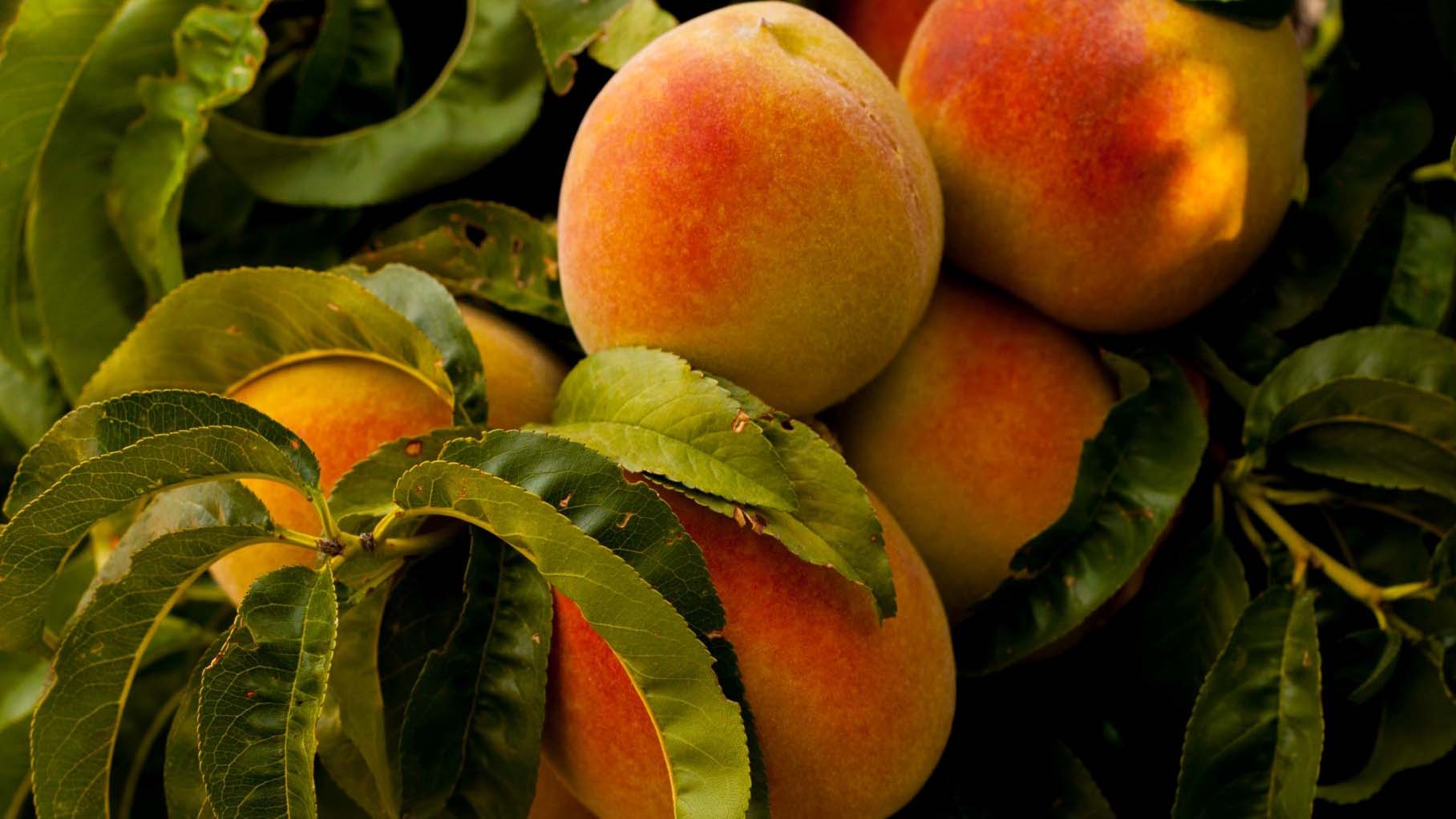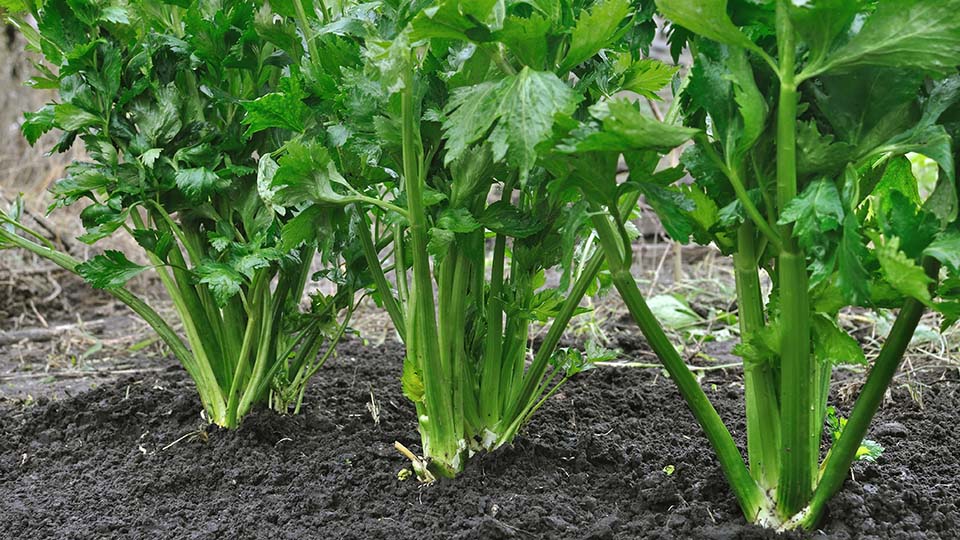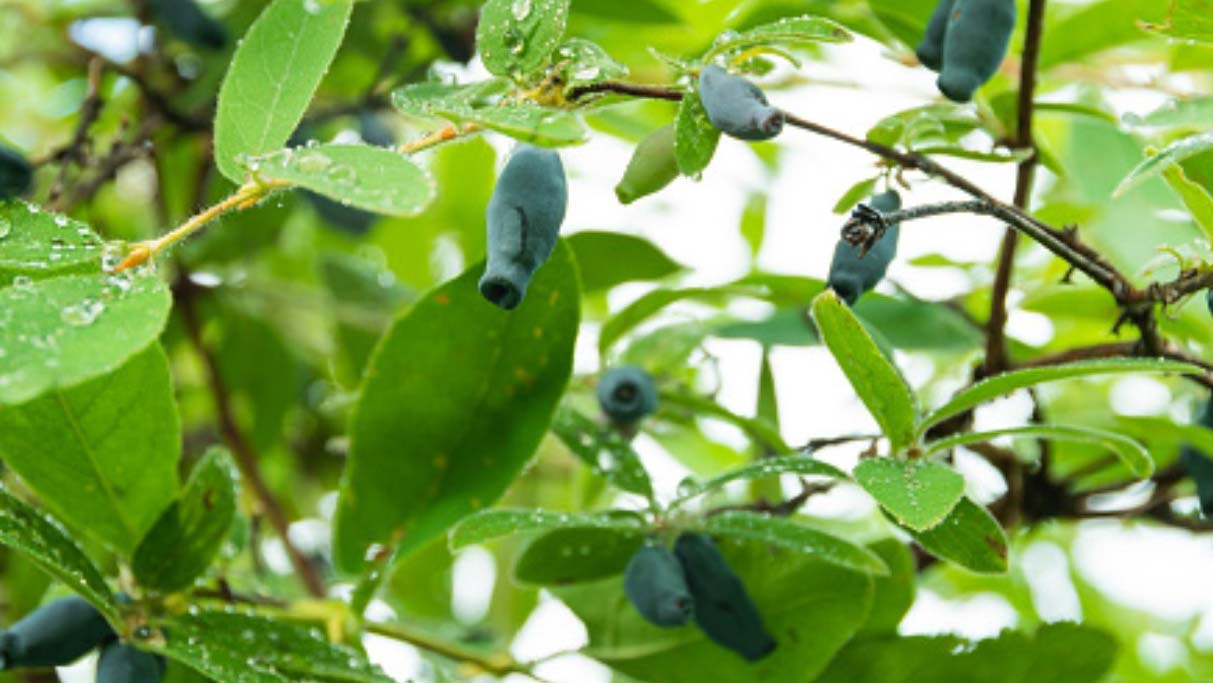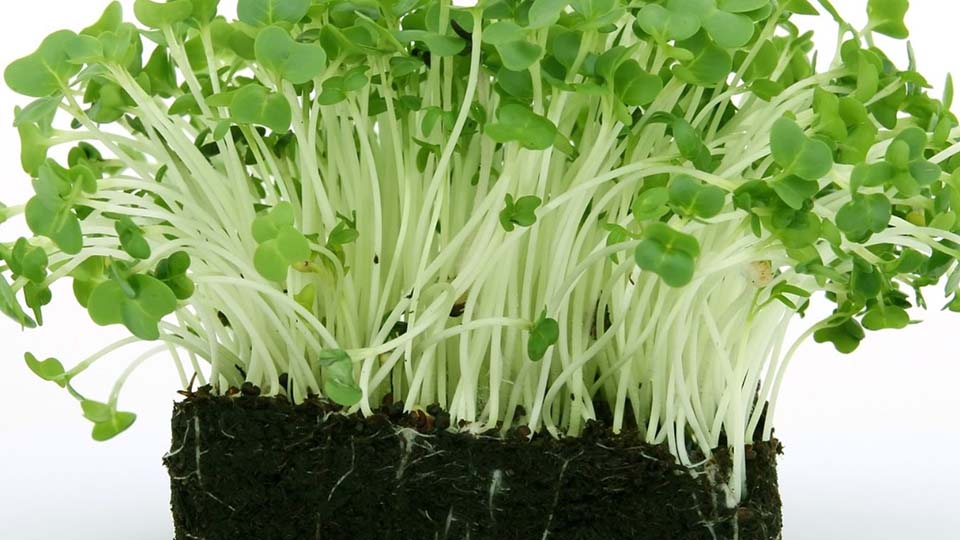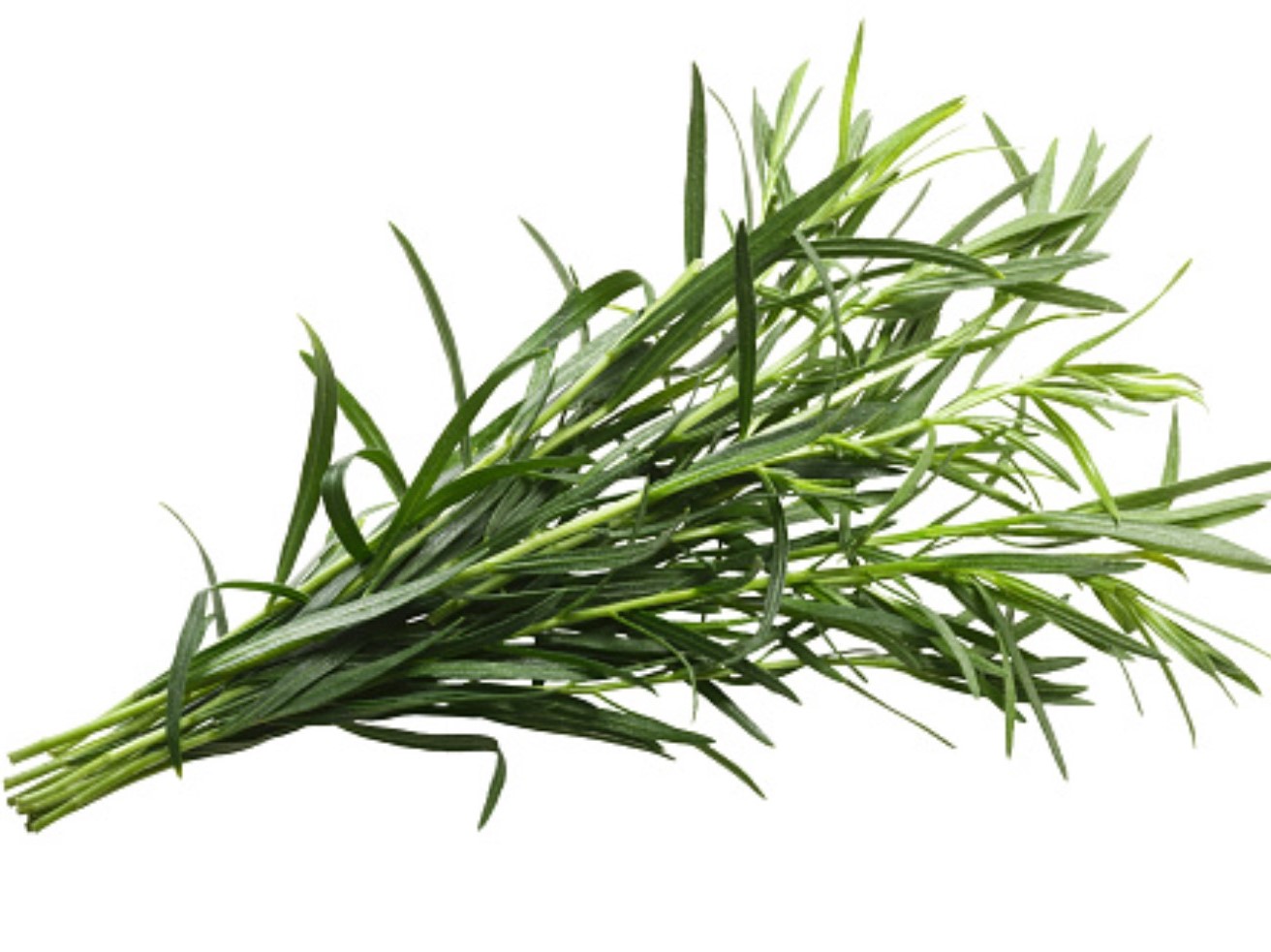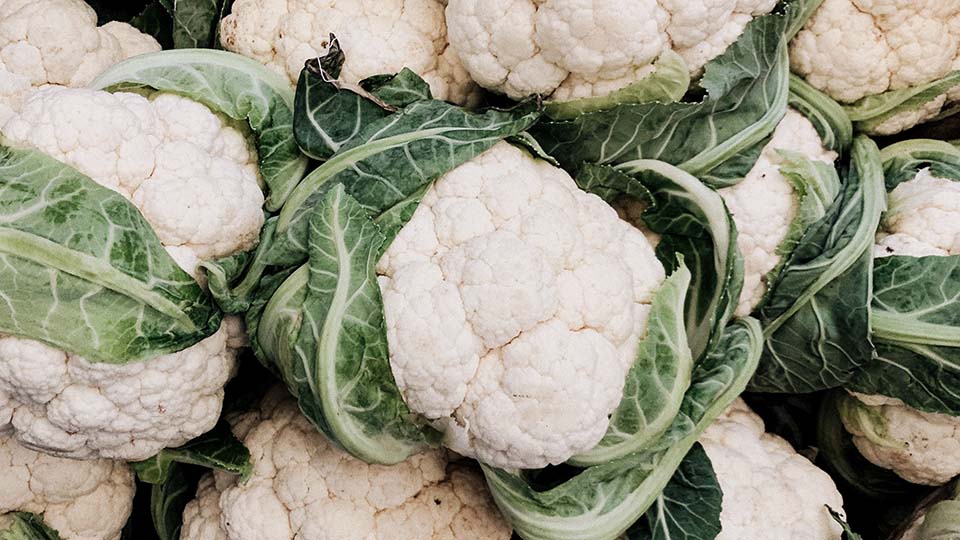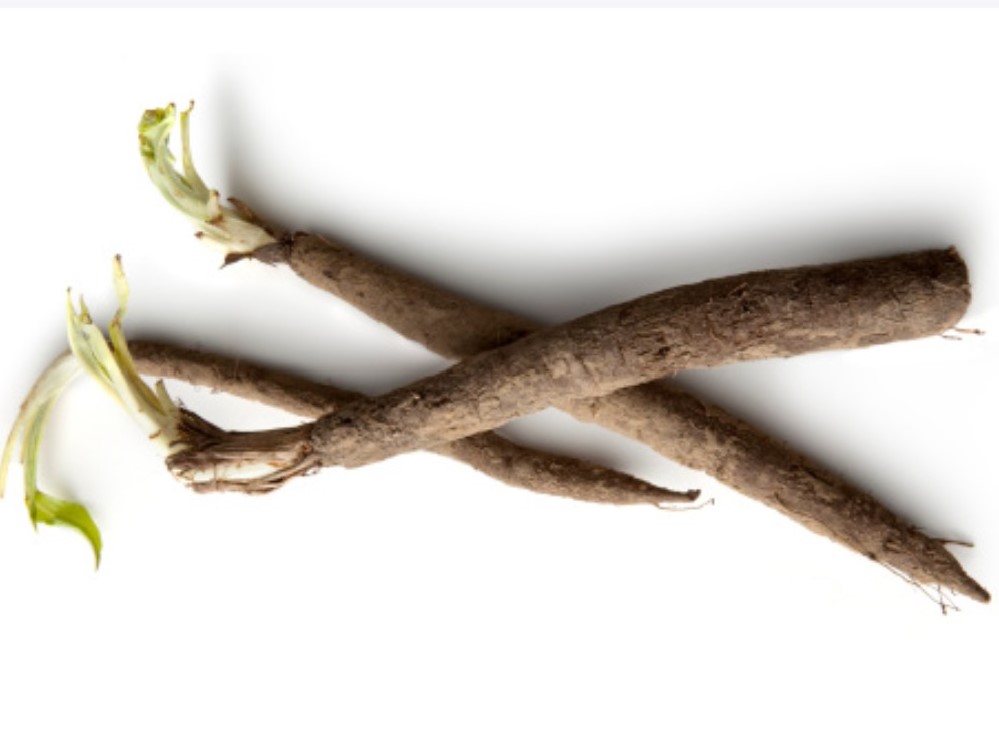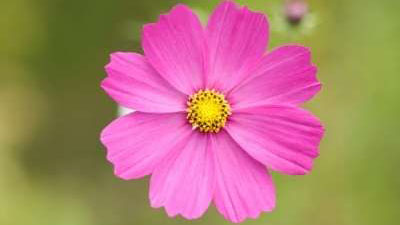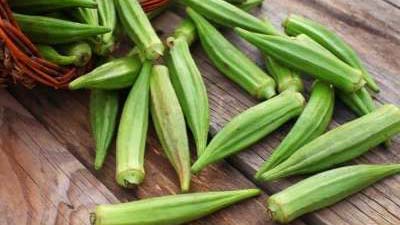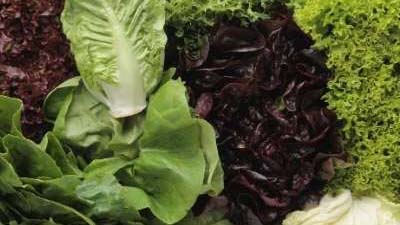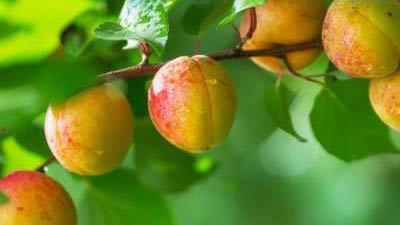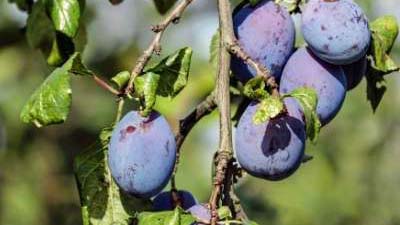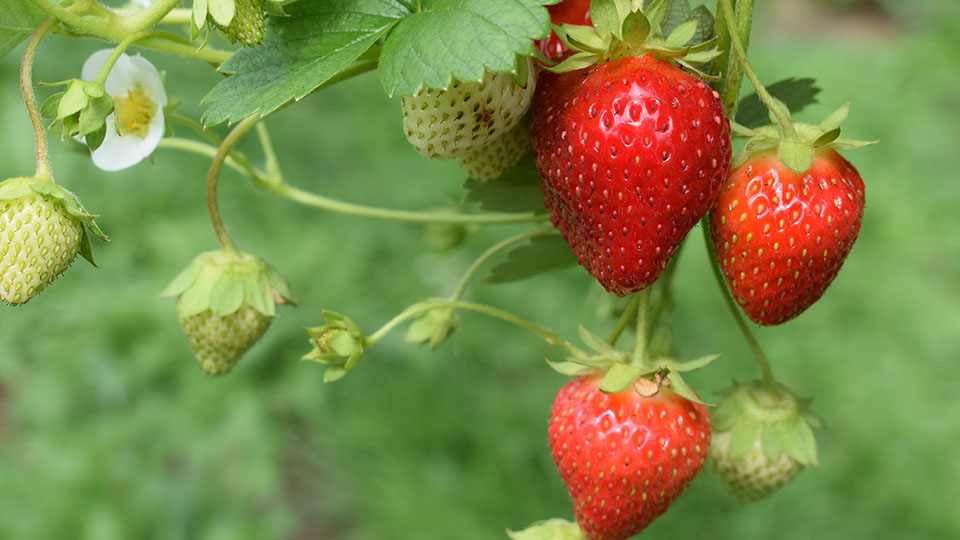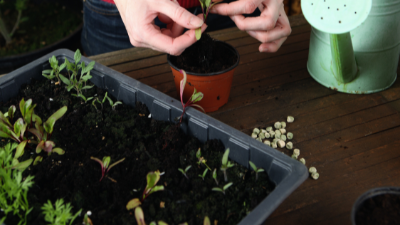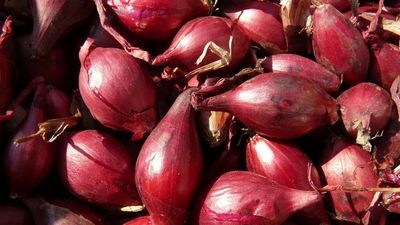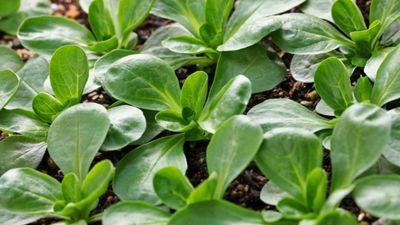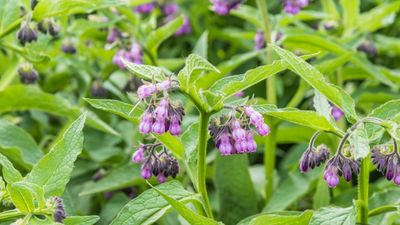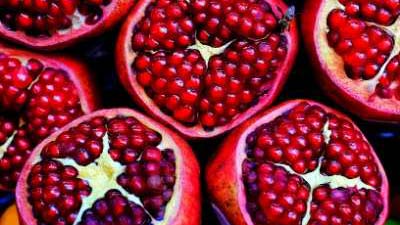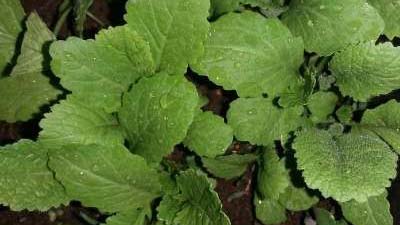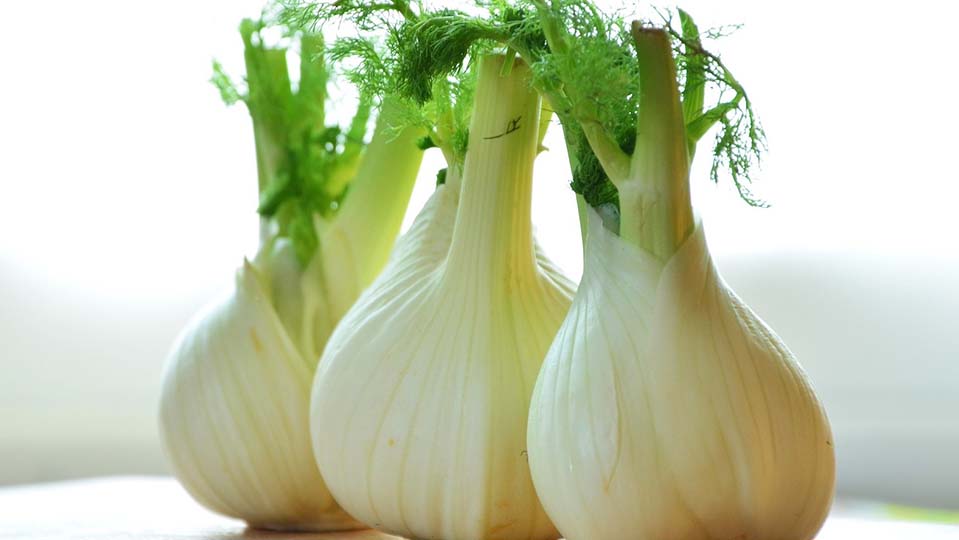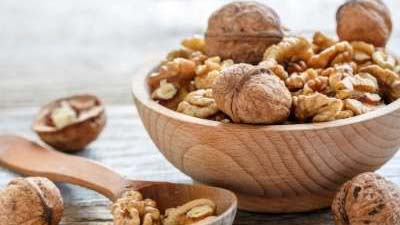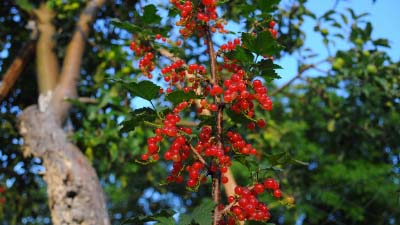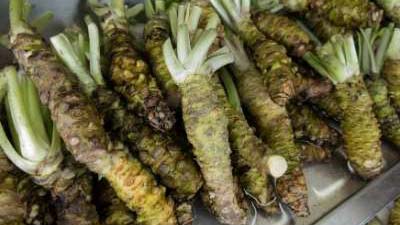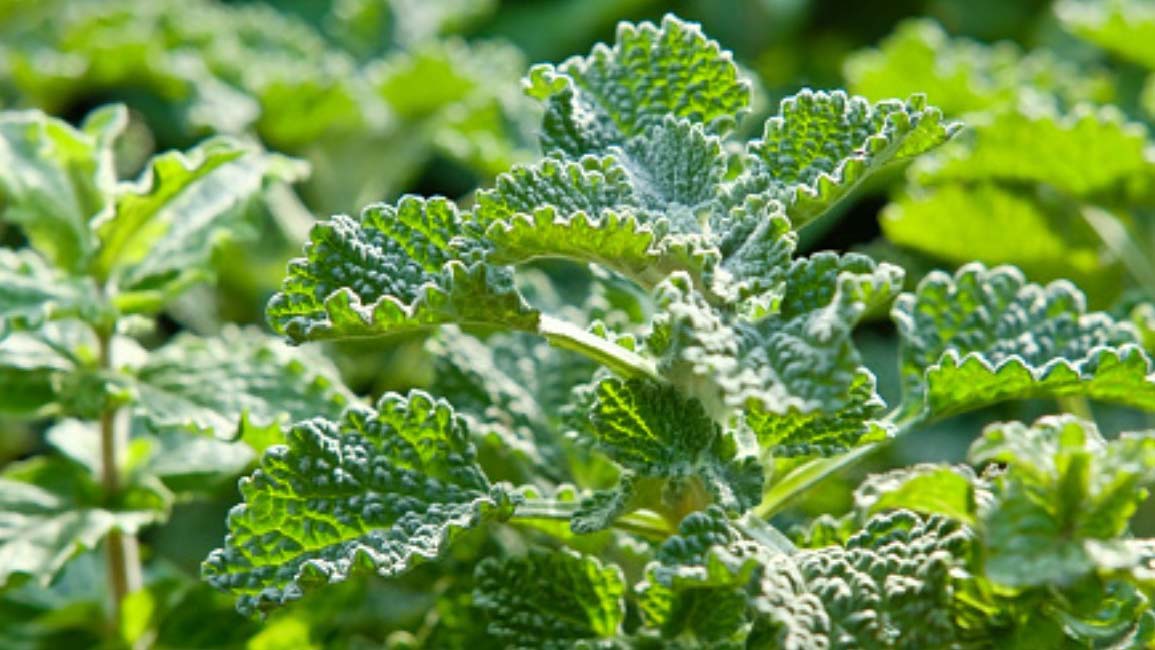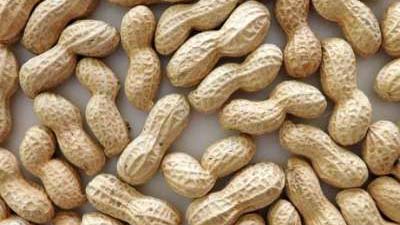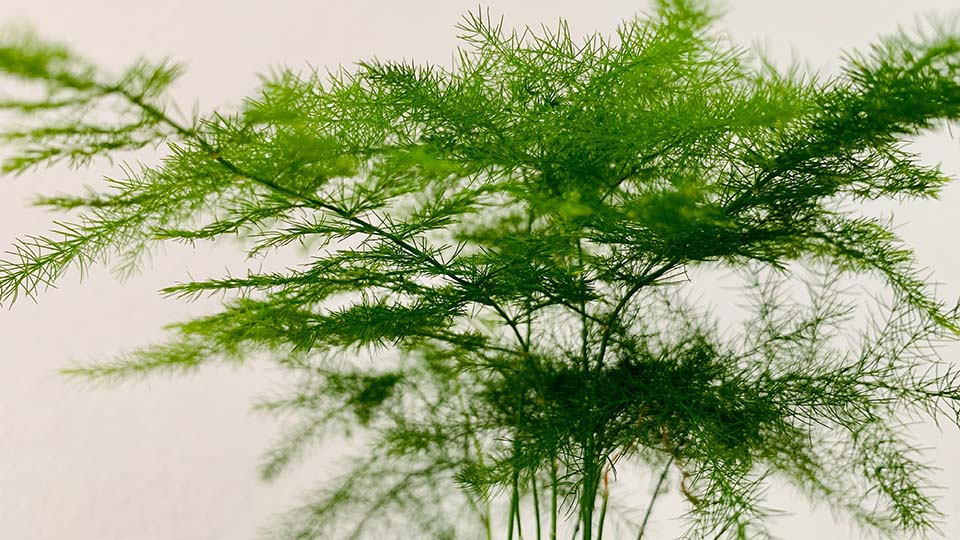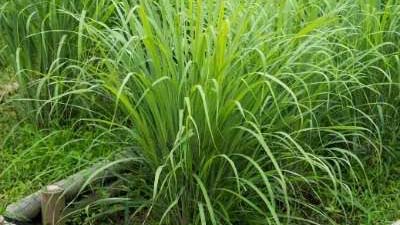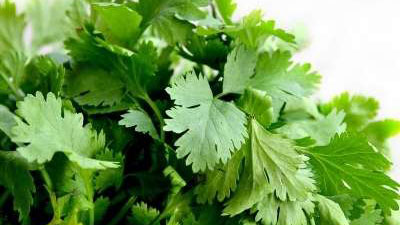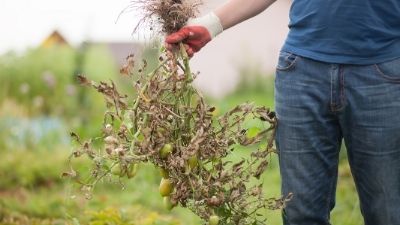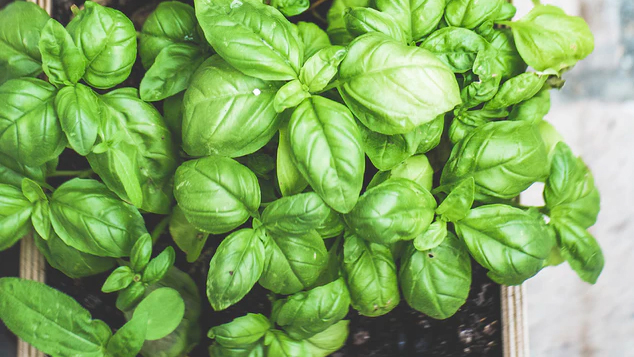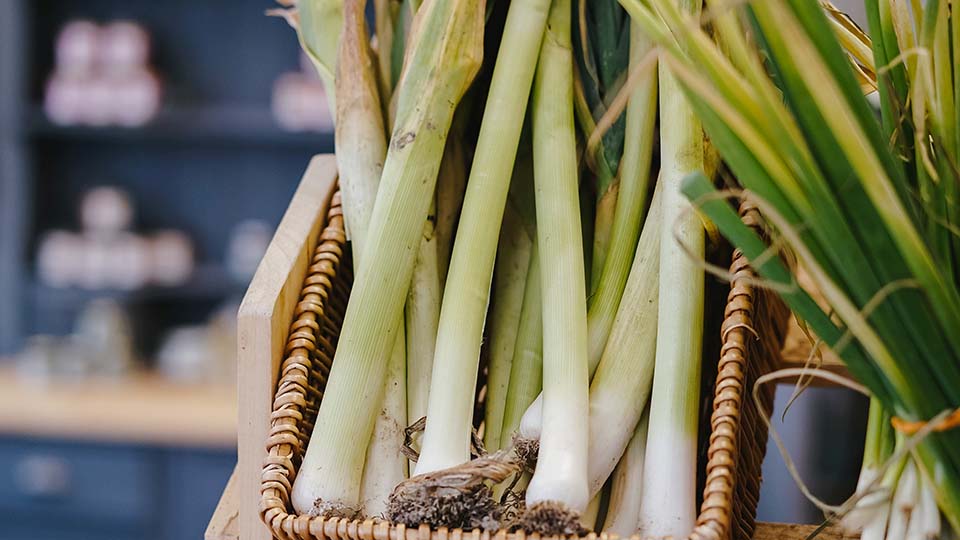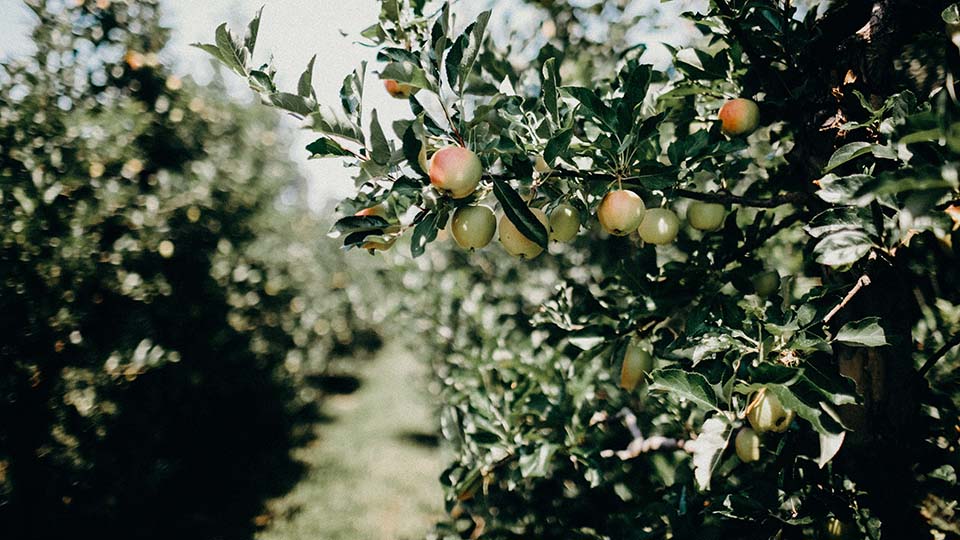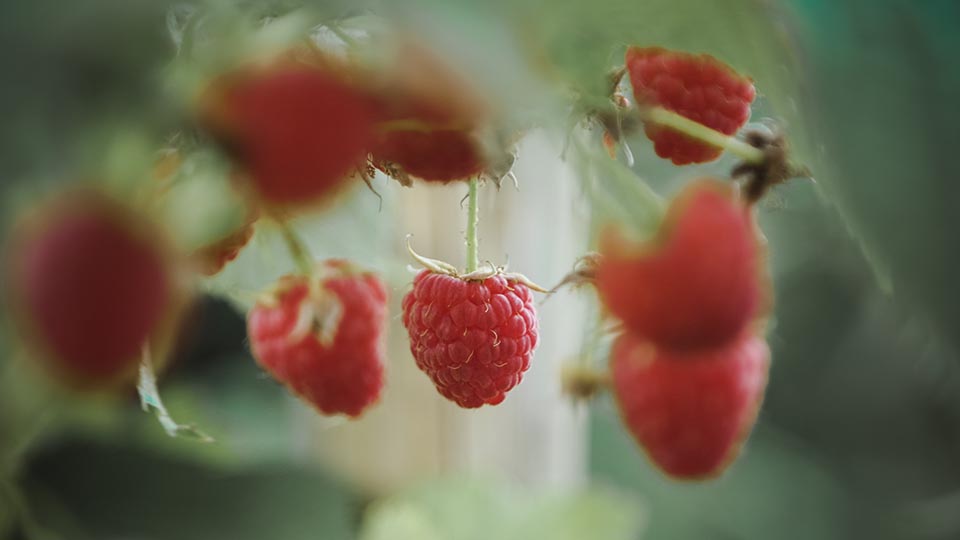Check out our NEW mobile friendly Pocket Gardener - A Quick Reference Guide to Planting, Growing, and Harvesting Vegetables.
Select a Fruit, Vegetable, Mushroom, or Herb
- Almonds
- Apples
- Apricots
- Artichokes
- Asparagus
- Basil
- Beans
- Beets
- Blackberries
- Black Salsify
- Broccoli
- Brussel Sprouts
- Cabbage
- Calendula
- Cantaloupe
- Carrots
- Cauliflower
- Celery
- Chives
- Chicory
- Cilantro & Coriander
- Chokecherry
- Cucumbers
- Currants
- Dill
- Eggplants
- Elderberry
- English Lavender
- Fennel
- French Tarragon
- Garden Cress
- Garlic
- Goji
- Gooseberry
- Grapes
- Haskap
- Honeydew
- Hops
- Horehound
- Horseradish
- Kale
- Kohlrabi
- Lamb's Lettuce
- Leeks
- Lemon Balm
- Lemongrass
- Lettuce
- Mint
- Mushrooms
- Mustard
- Nanking Cherry
- New Zealand Spinach
- Onions
- Parsnips
- Peaches/Nectarines
- Pears
- Peas
- Peppers
- Plums
- Pomegranate
- Popcorn
- Potatoes
- Pumpkins
- Radishes
- Raspberries
- Rhubarb
- Rutabagas & Turnips
- Serviceberry
- Shallots
- Spinach
- Strawberries
- Summer & Winter Squash
- Sweet Corn
- Sweet Potatoes
- Swiss Chard
- Tomatillos
- Tomatoes
- Walnuts
- Wasabi
- Watercress
- Watermelon
Research Articles
Search by fruit, vegetable, or herb
How to Grow Asparagus in Your Garden
How to grow asparagus in the garden by USU Extension Vegetable Specialist Dan Drost.
Broccoli in the Garden
Broccoli is a cool season vegetable that prefers sunny locations and fertile, well-drained soil. Incorporate some organic matter and a complete fertilizer into the area before planting.
How to Grow Watermelon in Your Garden
Watermelons grow best in sunny locations and in fertile, well-drained soils. There are several varieties of watermelon, and most grow well in Utah.
Managing Vegetation Around Fruit Trees
This fact sheet describes the nature of vegetation competition and proposes management strategies to reduce or eliminate competition.
How to Grow Goji Berries In Your Garden
Advice and insight for growing goji berries throughout the state of Utah as given by USU Extension experts and educators. These tips will help anyone interested in growing Goji Berries in their home garden to get started.
How to Grow Sweet Corn in Your Garden
How to grow sweet corn in the garden by USU Extension Vegetable Specialist Dan Drost.
How to Grow Chives in Your Garden
Chives are cool-season, cold-tolerant perennials that prefer full sun and fertile, well-drained soils. Seeds should be planted ¼ inch deep and final plant spacing should be 4-6 inches apart in all directions.
How to Grow New Zealand Spinach in Your Garden
New Zealand spinach is a warm season alternative to regular spinach that does well in hot, dry conditions. Soak seeds in water for 24 hours prior to planting to hasten germination.
Seed Poppy in the Garden
Poppy (Papever somniferum) is a 2 to 3 feet tall hardy annual, grown for its seeds, which are used for culinary purposes. Poppy grows best in full sun and requires well-drained, fertile soil.
How to Grow Horseradish in Your Garden
Horseradish is a hardy perennial vegetable that is grown for its thick yellowish to white taproot
Local Fruit and Vegetable Availability along the Wasatch Front
The Wasatch Front is the urban corridor in Utah extending from Brigham City to Payson along the Wasatch Mountain Range. Roughly 80% of Utah’s population lives in this region.
How to Grow Sweet Potatoes in Your Garden
Sweet potatoes (Ipomoea batatas) are a delicious crop that is high in vitamin content. It is a warm season crop that grows best in long, hot growing seasons.
How to Grow Elderberry in Your Garden
How to grow Elderberry in the garden by USU Extension Fruit Specialist Brent Black
How to Grow Gooseberries in Your Garden
Gooseberries are relatively easy to grow and yield rewarding, tart berries perfect for pies and jellies. Gooseberry bushes have arching branches and are usually 3 to 5 feet high and wide. They have inconspicuous small green and pink flowers that are self-...
How to Grow Tomatoes in Your Garden
How to grow tomatoes in the garden by USU Extension Vegetable Specialist Dan Drost.
How to Grow Serviceberries in Your Garden
How to grow Serviceberry in the garden by USU Extension Fruit Specialist Brent Black
Apple Production and Variety Recommendations for the Utah Home Garden
This bulletin presents appropriate information pertaining to growing apple trees in the home orchard. Success depends on several key factors.
How to Grow Chicory in Your Garden
Chicory is a cool-season vegetable that prefers a sunny location and fertile, well-drained soils. Two garden types of chicory include witloof (grown for its root), and radicchio (grown for its head of leaves).
Backyard Fruit Production in Utah’s High Mountain Valleys
Many homeowners who are new to these regions wish to establish perennial fruit crops in their gardens. This publication outlines the challenges to fruit production in Utah’s high mountain valleys, offers mitigation suggestions, and lists plant materials t...
A Beginners Guide to Growing Mushrooms at Home
Welcome to the wonderful world of mushrooms! Mushrooms are not only nutritious and delicious but also provide a myriad of known medicinal benefits, such as protection against cancer, protecting brain health, stimulating gut health, and supporting a health...
Extending the Garden Season
Information about cloches, cold frames, floating row cover, hotbeds, plastic mulch, low tunnels and high tunnels.
How to Grow Popcorn in Your Garden
How to grow popcorn in the garden by Utah State University Extension faculty.
How to Grow Parsnips in Your Garden
Parsnips are cool season vegetables that prefer sunny locations and fertile, deep, well-drained soils. Incorporate plenty of organic matter and an all-purpose fertilizer into the area before planting
How to Grow Artichoke in Your Garden
Artichoke prefers a sunny location and fertile, well-drained soils. Learn how to grow artichoke successfully, and how to avoid problems with weeds and pests.
How to Grow Summer and Winter Squash in Your Garden
How to grow summer and winer squash in the garden by USU Extension Vegetable Specialists Dan Drost and Rick Heflebower.
How to Grow Watercress in Your Garden
Watercress is a sun and water loving perennial that grows naturally along running waterways. Watercress has a preferred pH range of 6.5 to 7.5. The plant does well in varying soil conditions provided the soils stay saturated with water.
Water Recommendations for Vegetables
Traditionally, we irrigate using overhead sprinklers and/or flood irrigation. However, these methods can be wasteful, and so a way to conserve and still have a healthy garden is to use drip irrigation. It can reduce water use by up to about 50%.
How to Grow Tomatillos in Your Garden
Tomatillos are easy to grow and have a tangy, citrus flavor that is slightly acidic. Green or purple fruits are encased in a papery husk. The plants require little maintenance or effort to produce high yield. They prefer full sun and well-drained soils. T...
How to Grow Rhubarb in Your Garden
Rhubarb (Rheum rhabarbarum L.) has been cultivated for thousands of years and was introduced to North America in the seventeenth century. Rhubarb is an easy to grow, nutritious vegetable that can live in the garden for 10 to 15 years, and deserves more at...
How to Grow Beans in Your Garden
Beans are a great addition to your garden. Learn what varieties grow best in Utah, how to grow beans successfully, and how to control weeds and pests.
How to Grow Brussel Sprouts in Your Garden
Brussels sprouts are cool season vegetables that prefer a sunny location and fertile, well-drained soil. Get tips and tricks for growing and caring for brussel sprouts so that you have a successful harvest.
How to Grow Chokecherry in Your Garden
Chokecherry (Prunus virginiana), also known as bitter-berry or wild cherry, is usually grown as a large shrub but can also be trained to be a small tree.
How to Grow Swiss Chard in Your Garden
How to grow Swiss chard in the garden by USU Extension Vegetable Specialist Dan Drost.
How to Grow Lemon Balm in Your Garden
Lemon balm (Melissa officinalis), also called heart’s delight, lemon mint, balm mint, blue balm, garden balm, or sweet balm, is a useful perennial herb for the garden.
How to Grow Pumpkins in Your Garden
How to grow pumpkins in the garden by Utah State University Extension faculty.
How to Grow Honeydew and Other Winter Melons in Your Garden
Winter melons grow best in sunny locations and in fertile, well-drained soils. Incorporate organic matter and a complete fertilizer into the area before planting. Plant 4-6 seeds directly in the garden when soils are 65°F. Seeds should be planted 1-1½ inc...
Blackberry Management in Utah
Blackberries can be grown successfully in Utah but careful cultivar selection and care is needed. Harsh winters and frequent late spring frosts often result in significant blackberry cane damage and crop loss.
How to Grow Cabbage in Your Garden
Cabbage is a cool season vegetable that prefers sunny locations and fertile, well-drained soil. Incorporate some organic matter and a complete fertilizer into the area before planting. Plant seeds ¼-½ inch deep, 2-3 weeks before the last fro
How to Grow Peppers in Your Garden
Peppers are a great addition to any garden. Explore tips for growing and harvesting peppers, including which variety to plant and how to prevent insects and diseases.
How to Grow Spinach in Your Garden
Spinach is a cool-season vegetable that prefers sunny locations and fertile, well-drained soil. Plant seeds ½ inch deep, 2-3 weeks before the last frost in the spring.
How to Grow Kohlrabi in Your Garden
Kohlrabi is a cool season vegetable that prefers a sunny location and fertile, well-drained soil. Incorporate some organic matter and a complete fertilizer into the area before planting.
How to Grow Almonds in Your Garden
Almonds (Prunus dulcis) are a close cousin to peaches and nectarines, but are not generally as cold tolerant. Almonds are currently not a recommended crop in northern Utah, including the warmest parts of the Wasatch Front.
How to Grow Carrots in Your Garden
Carrots are cool season vegetables that prefer sunny locations and fertile, deep, well-drained soils. Incorporate plenty of organic matter and a complete fertilizer into the area before planting.
Selecting Blackberry Cultivars for Utah
Historically, Utah has not been a significant blackberry producer. This is likely due to harsh winters and frequent late spring frosts, which result in significant crop loss.
Hazelnuts in the Home Orchard
Hazelnuts or filberts can be useful crops for home food production or hobbyists in Utah. Several species have nuts with good flavor, with American, beaked and certain hybrid types most likely to produce consistently.
Harvest and Storage of Vegetables and Fruits
You’ve done all of the work to grow great vegetables and fruits. Now, how do you know when to harvest them? Are there ways to store part of the harvest to enjoy during fall and winter time?
How to Grow Nanking Cherries in Your Garden
Nanking Cherry (Prunus tomentosa) is native to northern China and naturalized in Japan, Russia, and other northern regions of the continent. It has become a staple back yard garden plant in Russia and much of Eastern Europe.
Home Vegetable Garden-Variety Recommendations for Utah
There are so many vegetable varieties available, how do you select good ones for the home garden? Which ones are adapted and grow well in my area? This article gives you some answers to these questions.
How to Grow Radishes in Your Garden
Learn how to grow radishes in Utah gardens.
How to Grow Potatoes in Your Garden
How to grow potatoes in the garden by USU Extension Vegetable Specialist Dan Drost.
How to Grow Peas in Your Garden
Peas are a great addition to your garden. Learn about the different varieties, ideal soil conditions, and how to prevents weeds and insects.
Grape Trellising and Training Basics
Grapes are a wonderful addition to the home garden. Learn basic pruning information and two common training methods suitable for the Utah home garden.
How to Grow Kale in Your Garden
Kale is a cool season vegetable that prefers a sunny location and fertile, well-drained soil. Incorporate plenty of organic matter and a complete fertilizer into the area before planting.
How to Grow Mint in Your Garden
Mint is a rapid growing perennial herb with many varieties that grow up to 3 feet tall and are quite invasive. Mint grows best in full sun to partial shade, should be planted early in the growing season and is generally hardy to -20° F.
How to Grow Garlic in Your Garden
Garlic is a hardy perennial that grows best in full sun and fertile, well-drained soils. Explore the best methods for planting and ensuring a great harvest.
How to Grow Beets in Your Garden
How to grow beets in the garden by USU Extension Vegetable Specialist Dan Drost.
How to Grow Calendula in Your Garden
Calendula, also called pot marigold, is an annual herb grown for its medicinal blooms, edible leaves and stems. It grows best in fertile, well drained soils from full sun to part shade.
How to Grow Cantaloupe (Muskmelon) in Your Garden
Cantaloupes grow best in sunny locations and in fertile, well-drained soils. Incorporate organic matter and a complete fertilizer into the area before planting.
How to Grow Cucumber in Your Garden
Cucumbers grow best in sunny locations and in fertile, well drained soils. Incorporate organic matter and a complete fertilizer into the area before planting.
How to Grow Onions in Your Garden
This fact sheet describes onions, recommended varieties, how to grow, planting and spacing, problems, harvest and storage, and nutrition.
How to Grow Eggplant in Your Garden
Eggplant prefers a sunny location, a long growing season, and fertile, well-drained soil for best yields. Do not plant too early as plants are killed by light frost and grow poorly in cool conditions.
How to Grow Hops in Your Garden
Hops are a perennial plant that can be harvested for many years. Growing hops is relatively easy if plants are grown in soil rich in organic matter and provided with sufficient vertical space for vine extension. Hops are a vigorous growing vine that requi...
How to Grow Peaches in Your Garden
Guide to growing peaches in the garden. Covers cultivars, site prep, chill hours, hardiness, fruit type, ripening time, planting and spacing for optimal growth.
How to Grow Celery in Your Garden
Celery grows to a height of 18 to 24 inches and is composed of leaf topped stalks arranged in a cone that are joined at a common base. The stalks have a crunchy texture and a delicate, but mildly salty taste
Haskap in the Garden
Summary Haskap berries are a relatively new crop in the United States and subsequently, the home garden. Haskaps, Lonicera caerulea L., are a long-lived, extremely hardy shrub
How to Grow Garden Cress in Your Garden
Garden cress or pepper-grass is an annual herb that was introduced to the United States from China. Garden cress grows best in cultivated areas that receive full sun or partial shade with moist soils.
How to Grow French Tarragon in Your Garden
Referred as “a chef’s best friend,” French Tarragon (Artemisia dracunculus) is an essential aromatic herb. Other common names include estragon, dragon sagewort, or German tarragon, but it should not be confused with the closely related Russian tarragon.
How to Grow Cauliflower in Your Garden
Cauliflower is a cool season vegetable that prefers a sunny location and fertile, well-drained soil. Incorporate plenty of organic matter and a complete fertilizer into the area before planting.
How to Grow Black Salsify in Your Garden
Black salsify (Scorzonera hispanica), is also known as Spanish salsify. Black salsify is a cool season crop grown primarily for its long, brown-black roots, but its leaves can also be used as fresh greens for salads
Cosmos in the Garden
Cosmos is native to Mexico with daisy like flowers that come in an array of colors. Once established, Cosmos needs little water, no fertilizer and not much care, which makes it well suited to Utah’s climate.
How to Grow Rutabagas and Turnips in Your Garden
Rutabagas and turnips are cool season vegetables that prefer sunny locations and fertile, deep, well-drained soils. Incorporate plenty of organic matter and an all-purpose fertilizer into the area before planting.
Okra in the Garden
Okra is a warm-season crop often grown in southern gardens where summers are hot and long. However, some varieties are well suited for Utah gardens.
How to Grow Lettuce in Your Garden
Lettuce is a cool-season vegetable that prefers sunny locations and fertile, well-drained soil. Plant seeds ¼-½ inch deep, 2-3 weeks before the last frost. Final spacing for head lettuce should be 8-12 inches apart in the row with rows 12-18 inches apart....
How to Grow Apricots in Your Home Garden
Apricots (Prunus armeniaca) originated in China, but can be grown in most of the western world including much of Utah. Like peaches, plums, and cherries, apricots have a large, hard pit or ‘stone’ in the fruit and are considered ‘stone fruits’.
How to Grow Plums in Your Home Garden
Three types of plum are commonly grown in Utah: European, Japanese and American species. These species vary in where they are successfully grown and for what the fruit will be used for. Before planting in the home orchard, planning helps ensure success.
How to Grow Strawberries in Your Garden
Learn how to grow strawberries in Utah gardens.
Grow Your Own Transplants At Home
Growing transplants can be a rewarding experience if a few basic principles are followed. Experienced gardeners have a wider range of varieties to pick from if they start their own plants from seed. By selecting your own varieties you will be able to dete...
How to Grow Shallots in Your Garden
Shallots are a cool-season vegetable that grows best in full sun and fertile, well-drained soils. Incorporate organic matter and a complete fertilizer into the soil before planting. Plant a bulb set or seeds in the early spring as soon as the ground can b...
How to Grow Lamb's Lettuce in Your Garden
Lamb’s lettuce (Valerianella locusta), also known as mâche, corn salad, fetticus, and Nüssli salat, is a native of southern Europe. It is a cool-season vegetable grown for edible leaves that add a mild, nutty flavor to any salad.
Comfrey in the Garden
Comfrey (Symphytum officinale) is a very hardy perennial herb adaptable to most conditions. Comfrey grows best in partial to full sun in moist, fertile soil. Comfrey is propagated by root cuttings or crown divisions.
Recommended Vegetable Varieties for Northern Utah
Selecting a seed variety adapted to your local climate conditions can be the first step to garden success. Additionally, a diversity of colors, flavors, and sizes are available for the culinary gardener to test.
Pomegranate, Fruit of the Desert
Pomegranates prefer full sun and although they will grow in part-shade the sun is needed to produce sugars and reach full flavor.
How to Grow Mustard in Your Garden
Mustard is a cool season vegetable that prefers a sunny location and fertile, well-drained soils. Plant seeds ½ inch deep. Thin seedlings or transplant mustard 3 inches apart in row with rows 12 inches apart.
How to Grow Fennel in Your Garden
Fennel contributes a fragrant licorice flavor to Mediterranean and Italian cooking and fennel seed is commonly used as a seasoning in sausage. Varieties of common fennel (Foeniculum vulgare) are grown for seed and plants have an appearance similar to dill...
How to Grow Walnuts in Your Yard
Walnuts are commonly found across much of the United States When purchasing walnut trees for nut production, two important aspects to consider include approximate flowering and ripening times.
How to Grow Red Currants in Your Garden
Red currants are hardy and relatively easy to grow in Utah. A few plants will produce enough to supply a family with plenty of antioxidant-rich berries. They are easy to tuck into a landscape and are a wonderful addition as a border plant or on their own ...
How to Grow Wasabi in Your Garden
Wasabia japonica is a challenging plant to grow successfully in Utah due to the hot arid climate combined with freezing winters. It is thought to be one of the rarest and most difficult vegetables to grow in the world.
How to Grow Horehound in Your Garden
Horehound (Marrubium vulgare) is a tender drought hardy perennial and a member of the mint family
Peanuts in the Garden
Peanuts are not commonly grown in Utah, but certain types can be productive when the frost-free growing season is more than 110. Learn more types and tricks for growing peanuts in your own garden!
How to Grow Dill in Your Garden
Dill (Anethum graveolens) is a common, aromatic garden herb, known for its culinary and medicinal properties. Dill prefers full sun, welldrained, low fertility soils and grows best from seed. Cover seeds lightly with soil.
How to Grow Lemongrass in Your Garden
Lemongrass (Cymbopogon citratus) is an easy to grow herb that requires warm, humid conditions, full sunlight and plenty of moisture. It is a tender perennial that is commonly grown as an annual in cooler areas of Utah.
Cilantro/Coriander in the Garden
Cilantro/coriander is a cool-season herb that grows best in full sun and fertile, well-drained soils. Explore the best varieties to grow in Utah, and learn how to properly care for the herb to get a great harvest.
Curly Top of Tomato
BCTV causes the disease known as curly top of tomato. This virus can infect a wide range of host plants and usually occurs in semiarid areas in western North America, from Canada to Mexico. BLH can transmit the disease to a wide variety of plants, includi...
How to Grow Basil in Your Garden
This article describes basil in the garden, varieties, how to grow, problems, harvesting and storage, productivity, nutrition, and frequently asked questions.
How to Grow Leeks in Your Garden
Leek is a hardy cool-season biennial that prefers full sun and fertile, well-drained soils. Incorporate plenty of organic matter and a complete fertilizer into the area before planting
Training and Pruning Apple Trees
Training and pruning are critical parts of growing a productive apple tree. The rewards of proper training are a tree that is easy to harvest, has sustained high yields, and quality fruit.
Raspberry Management for Utah
Learn how to grow raspberries in Utah from USU Extension.
El Huertero de Patio Trasero Plagas Frutales: Durazno-Nectarina Marion Murray, Líder Proyecto IPM • Diane Alston, Entomologista de Extensión
Managing pests in peaches and nectarines for the backyard orchard (en español).


